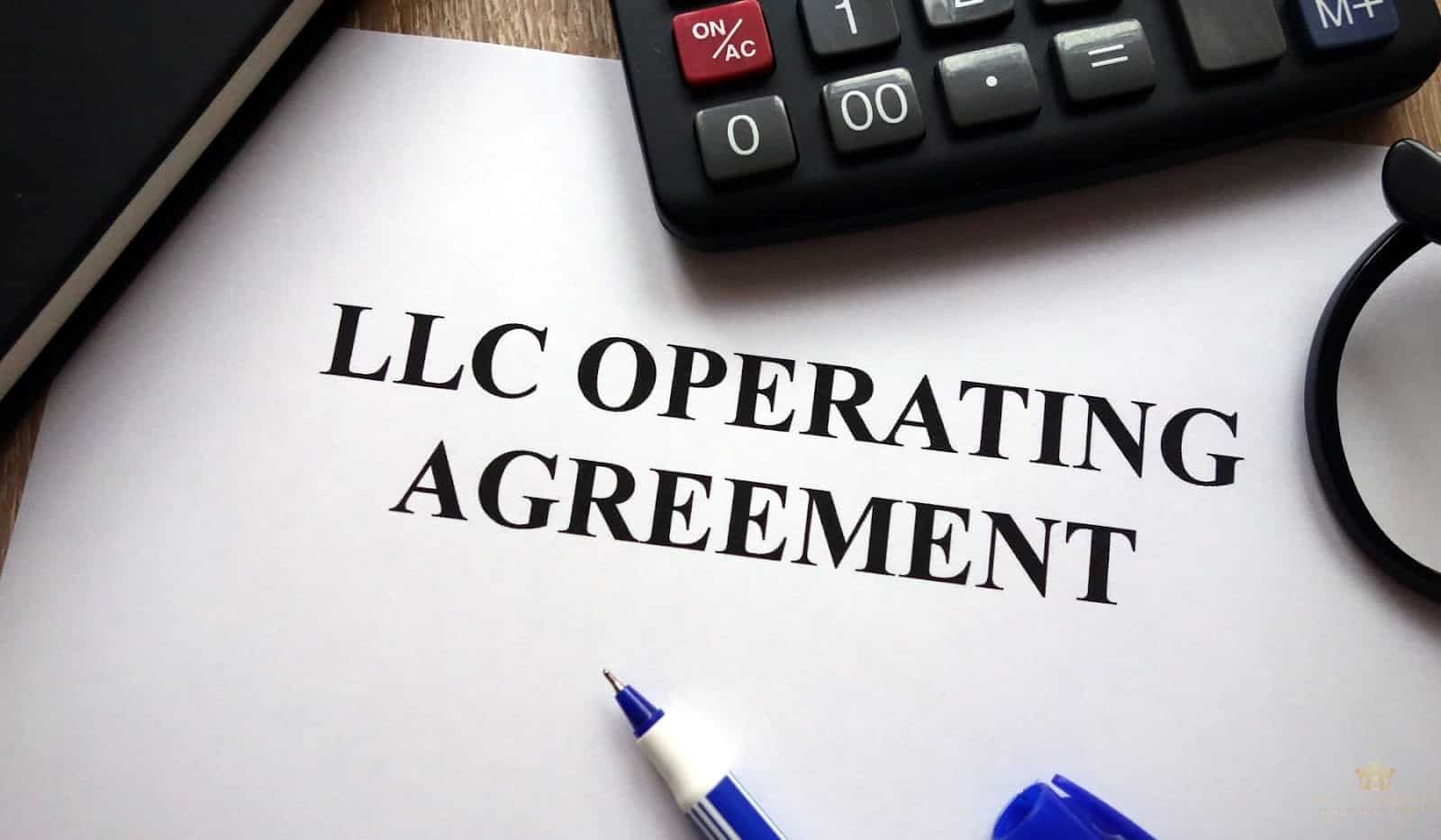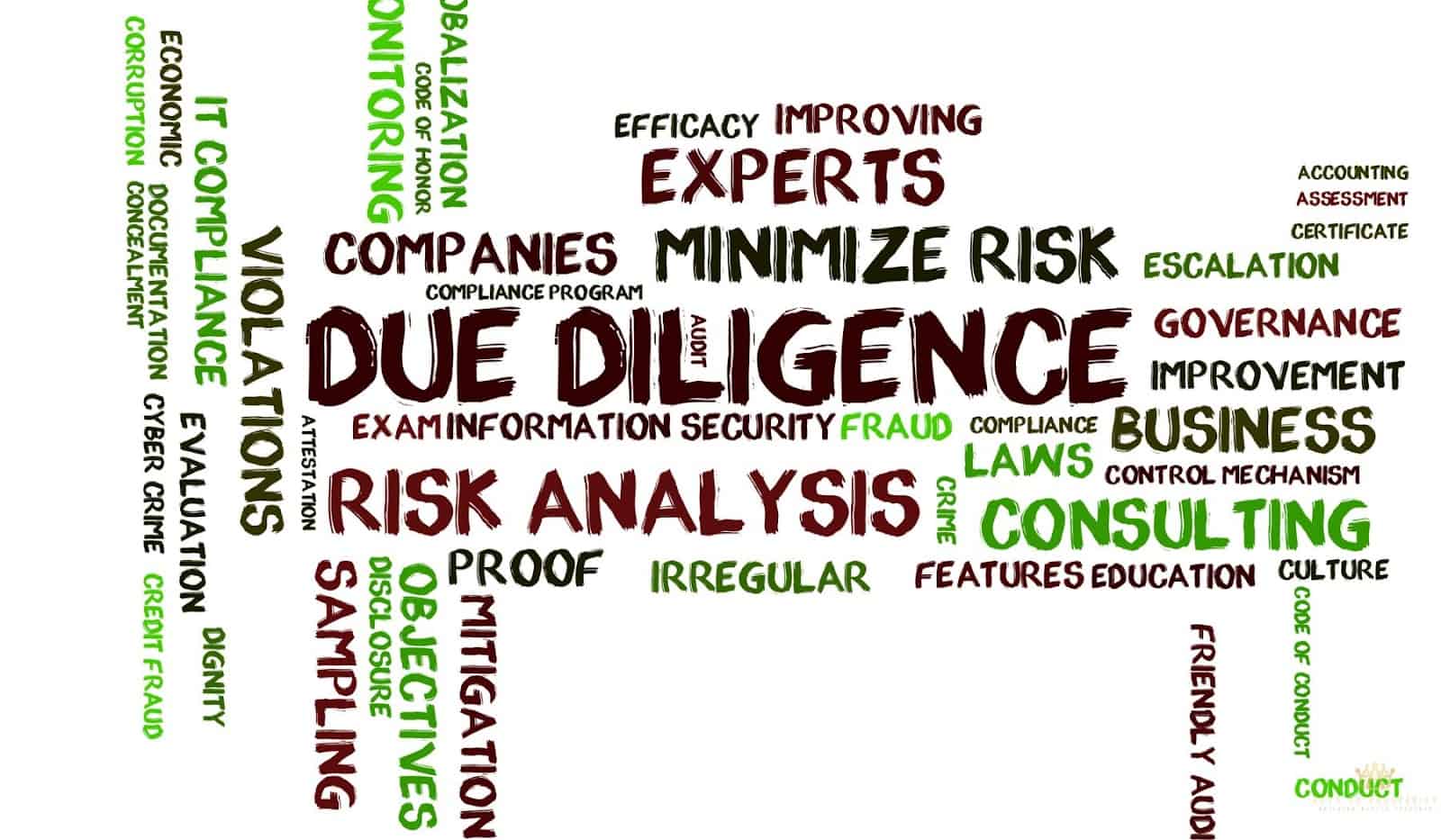
The market is shifting in our favor! Real estate projections for 2025 show promising signs with moderate recovery in investment activity despite Treasury yields hovering above 4%. This creates a unique window where investors can lock in returns we haven’t seen in years.
From our experience, the most successful wealth-building strategies often emerge during these transitional periods. That’s exactly why commercial real estate syndication structure knowledge is more valuable now than ever before.
Looking to expand your investment knowledge? Our comprehensive guide on how to analyze commercial REITs is the perfect next step after mastering syndication fundamentals.
This article builds upon our extensive post on commercial real estate investment structures, giving you specialized insights into the syndication approach specifically.
Let’s go!
Short Summary
- Commercial real estate syndication combines capital from multiple investors to purchase larger properties
- General partners handle operations while limited partners provide most of the capital
- Most syndications use LLC or limited partnership legal structures to protect investors
- The Securities and Exchange Commission regulates syndication offerings as securities
- Profit structures typically include preferred returns, equity splits, and promote incentives
- Investors benefit from both cash flow and capital gains upon property sale
- Significant tax advantages include depreciation benefits and 1031 exchange possibilities
- Strong due diligence and sponsor track record evaluation are essential for success
Understanding Commercial Real Estate Syndication Structure
Let’s break down what makes these investment structures tick! More than just an investment vehicle, commercial real estate syndication is a powerful wealth-building strategy that’s transformed how everyday investors access larger properties.
What Is Commercial Real Estate Syndication?
Commercial real estate syndication structure revolves around pooling resources from multiple investors to purchase properties that would be out of reach individually.
Unlike traditional real estate investments where you buy and manage everything yourself, syndications divide responsibilities and ownership.
Take, for example, a shopping center that costs $12 million, which is way beyond what most individual investors could handle alone. Through syndication, however, twenty investors could contribute between $50,000 and $250,000 each, making ownership possible!
Key Players In The Structure
The framework typically includes two main participants: general partners and limited partners. The GP team handles all the heavy lifting, like finding deals, securing financing, overseeing property management, and executing the business plan.
Limited partners, meanwhile, provide the majority of investment capital but take a hands-off approach. We’ve seen dentists, attorneys, and busy professionals thrive in this role since they can earn passive income without sacrificing their day jobs.
Limited partners, meanwhile, provide the majority of investment capital but take a hands-off approach. We’ve seen dentists, attorneys, and busy professionals thrive in this role since they can earn passive income without sacrificing their day jobs. Learn more about individual funding options for contributing to a syndication.
A limited liability company usually serves as the legal entity holding the investment property, protecting everyone’s personal assets from potential issues.
Benefits Of The Pooled Approach
The magic happens when funds combine! By gathering resources from fifteen to fifty potential investors, syndicators can target premium office buildings and apartment complexes with stronger cash flow potential than smaller properties.
In contrast, residential real estate investing often means managing tenants directly or handling toilets and trash. Not exactly passive!
This structure appeals to both sides of the equation. Active real estate syndicators leverage their expertise and connections without needing massive personal capital.
Passive investors gain access to institutional-quality assets, professional asset management, and tax advantages without learning complex market dynamics or handling day-to-day management.
Key Legal Structures In Real Estate Syndication
Let’s get into the nuts and bolts of how these deals are actually structured. The legal framework you choose can make or break your syndication deals, affecting everything from liability to taxation.

Common Legal Structures
Several legal structures serve as the foundation for real estate syndication. The most popular is the Limited Liability Company (LLC), offering excellent protection for all parties involved. LLCs shield individual investors from liability beyond their investment amount.
Imagine investing in a promising strip mall. Everything seems to be going well, until an unexpected lawsuit hits. Suddenly, your personal assets are on the line; but what if they weren’t? What if you had the right structure in place, like an LLC, to shield you from that risk?
This protection extends to both passive investors and real estate syndicators.
Limited partnerships (LPs) represent another common approach, particularly for larger deals. These typically pair with an LLC general partner entity.
We’ve noticed LPs work especially well when there’s a clear division between the general partner handling operations and limited partners providing capital.
Joint venture structures come into play for smaller deals with fewer investors who want more active roles. Picture three experienced investors combining their financial resources to purchase and renovate an office complex, each contributing skills and capital equally.
Regulatory Considerations
The Securities and Exchange Commission oversees virtually all syndication deals, as offering investment shares qualifies as selling securities. This isn’t just paperwork, though. It’s critical legal protection.
Rule 506(b) of the Securities Act prohibits general solicitation but allows up to 35 non-accredited investors alongside unlimited accredited investors. Conversely, Rule 506(c) permits public marketing but restricts participation to verified accredited investors only.
Documentation Requirements
Every solid real estate syndication structure includes a Private Placement Memorandum (PPM). This detailed document outlines all risks, terms, and disclosures to protect investors. Think of it as the rulebook everyone agrees to follow.
The syndication agreement establishes how profits flow, decisions get made, and conflicts resolve.
One deal structured profit splits with a 7% preferred return before the general partner received their share. This clear arrangement prevented misunderstandings when the property later sold above projected market value!
Commercial Real Estate Syndication Profit Distribution
Now for everyone’s favorite part: the money! Understanding how profits flow in a commercial real estate syndication structure helps both sponsors and investors set realistic expectations about their returns.
Cash Flow Structure
Preferred returns form the foundation of most profit structures. Think of them as the first slice of the pie that goes to passive investors.
A typical deal might offer an 8% preferred return, meaning investors receive the first 8% of profits based on their investment before the sponsors get paid.
In a recent 60-unit apartment complex deal, investors received their 7% pref completely before any profit distribution occurred to the sponsor team. This investor-friendly approach helped the deal raise $3.2 million in just two weeks!
Equity splits determine how remaining profits get divided after preferred returns. While 70/30 splits (70% to limited partners, 30% to GP) are common, the terms vary widely. More experienced sponsors with strong track records often command higher percentages.

Asset management fees typically range from 1-2% of collected revenue annually. These fees compensate sponsors for handling the day-to-day management of the investment property and implementing the business plan.
The carried interest structure (also called the promote) rewards sponsors for exceeding performance targets. Consider a waterfall structure where sponsors receive 20% of profits after hitting a 16% IRR threshold.
This aligns everyone’s incentives toward maximizing property performance.
Real-World Returns
Property performance directly impacts investor returns in multiple ways. Strong occupancy rates boost cash flow, while strategic improvements increase property value over time.
A neighborhood retail center might generate 6-8% annual cash-on-cash returns while simultaneously appreciating 3-4% yearly. This combination creates compelling total returns for everyone involved.
Upon property sale, investors receive their proportional share of capital gains. The big payday often comes at disposition, sometimes doubling the original investment capital after a successful 5-year holding period.
Passive income from quarterly distributions represents one of syndication’s most attractive features. Many real estate investors use these consistent payments to supplement their annual income while the underlying asset appreciates.
Successful syndication deals typically target:
- 8-10% annual cash-on-cash returns
- 15-18% internal rate of return (IRR)
- 1.7-2.2x equity multiple over a 5-7 year holding period
These metrics provide reliable benchmarks for evaluating any real estate syndication deal opportunity that comes your way.
Benefits And Considerations For Real Estate Syndicators And Investors
The perks go way beyond just the cash returns. Both sides of the commercial real estate syndication equation enjoy unique advantages, but there are important factors to consider before jumping in.
Tax Advantages
Tax benefits represent one of syndication’s most powerful features. Depreciation allows investors to offset passive income with paper losses, even while the property generates positive cash flow. Pretty slick, huh?
A medical professional investing $100,000 might receive $7,000 in distributions but show only $2,000 in taxable income after depreciation. The tax implications vary based on each investor’s situation.
Pass-through tax treatment means profits flow directly to investors without corporate-level taxation. This advantage gives real estate investments a leg up compared to many other asset classes.
1031 exchange options allow syndicators to roll profits into new properties, deferring capital gains taxes indefinitely. It’s possible for one sponsor to successfully chain together three consecutive exchanges, and grow $2 million into $12 million without triggering tax events!
Asset Protection
The limited liability company structure creates a fortress around your personal assets. Should anything go wrong with the investment property, your exposure typically stops at your investment amount.
Asset protection becomes especially important in today’s litigious environment. Different states offer varying levels of protection, making entity formation location an important consideration for real estate syndicators.

Due Diligence Essentials
Due diligence separates successful real estate investors from those who learn expensive lessons. Before committing funds, verify:
- The sponsor’s track record with similar properties
- Realistic underwriting assumptions
- Property condition reports
- Market fundamentals and growth trends
- Exit strategy viability
A thorough review of the private placement memorandum reveals important risk factors. Don’t skim this document! We’ve seen potential investors dodge bullets by spotting unfavorable terms buried in the fine print.
Long-Term Planning
Syndication fits beautifully into retirement planning strategies. The steady cash flow provides income while the equity grows tax-deferred, creating a powerful wealth-building machine.
Seasoned investors often allocate portions of self-directed IRAs toward syndications. This approach combines tax advantages with passive real estate ownership for truly efficient wealth building.
Operational Considerations
The property management relationship can make or break returns. Strong managers maintain occupancy, control expenses, and execute the business plan. Weak ones erode profits through inefficiency.
Raising capital becomes easier in seller’s markets when investors chase yields. During buyer’s markets, only sponsors with proven track records attract sufficient capital. This reality underscores why relationship building matters regardless of market value trends.
Deploying initial capital wisely means focusing on value-add opportunities where specific improvements unlock hidden equity. Strategic renovations, operational efficiencies, and lease restructuring often yield the highest returns for everyone involved.

Final Thoughts
Commercial real estate syndication structures open doors that remain closed to most individual investors. The power comes from combining financial resources, expertise, and proven systems into one streamlined investment vehicle.
You don’t need millions in the bank or decades of experience to start participating in institutional-quality real estate deals!
Ready to take your investment strategy to the next level? Visit our homepage for free resources on finding reputable syndicators and upcoming deal opportunities in your target markets.
Your path to building wealth through commercial real estate starts with that first syndication investment. The time to explore is now.
Frequently Asked Questions
What’s The Biggest Mistake Investors Make With Commercial Real Estate Portfolios?
Most investors focus too heavily on acquisition and neglect portfolio-level strategy. They end up with random collections of properties instead of cohesive portfolios designed to work together to achieve specific financial goals and mitigate risk across market cycles.
How Much Should I Diversify My Commercial Real Estate Investments?
A balanced portfolio typically includes 3-4 different property types with no single type exceeding 40% of your holdings. Similarly, limit exposure to any single geographic market to 25% of your portfolio value and ensure no single tenant represents more than 15-20% of your total rental income.
Which Commercial Property Types Perform Best During Economic Downturns?
Necessity-based real estate tends to weather economic uncertainty best, including essential retail, industrial properties serving e-commerce, affordable multifamily housing, and healthcare-related properties.
These asset classes typically maintain strong occupancy and cash flow even during challenging market conditions.
How Often Should I Review And Adjust My Commercial Real Estate Portfolio Strategy?
Conduct quarterly performance reviews of individual properties and a comprehensive annual assessment of your overall portfolio strategy.
Market conditions, economic indicators, and your personal financial goals evolve over time, requiring regular strategic adjustments to maintain optimal portfolio performance.






